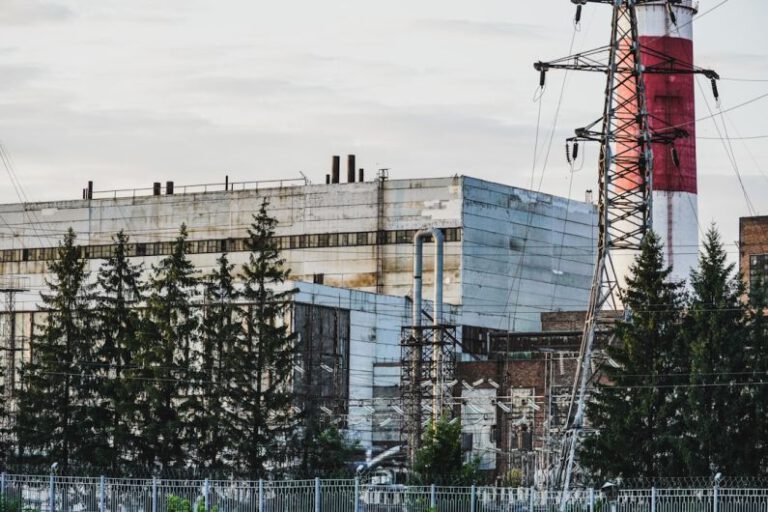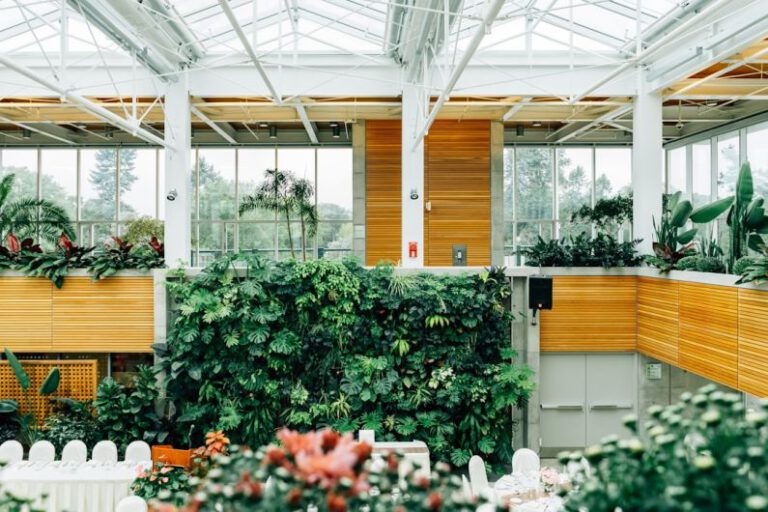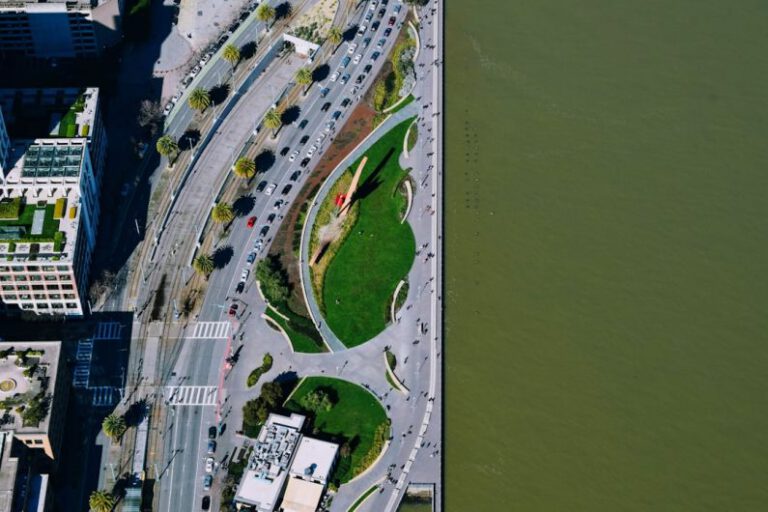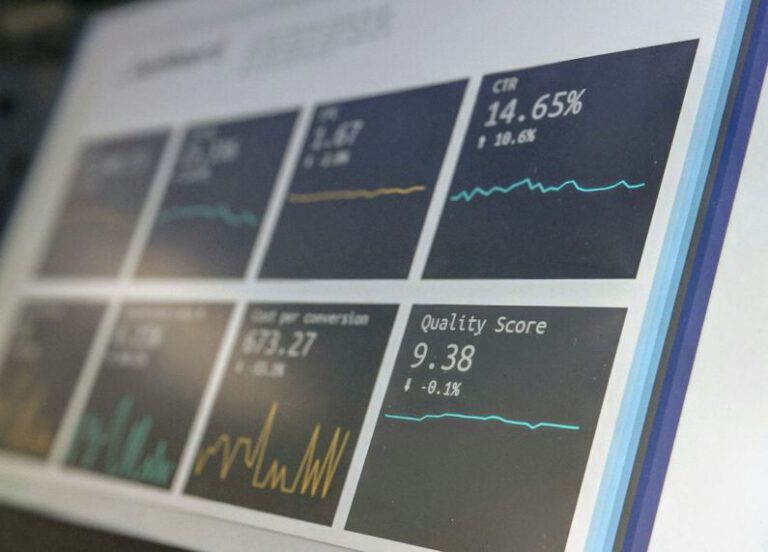How Do Building Codes Impact Green Construction?
Green construction has been gaining momentum in recent years as a sustainable and environmentally conscious approach to building structures. One crucial aspect that influences the implementation of green construction practices is building codes. These regulations play a significant role in shaping the construction industry’s approach to sustainability and can have a profound impact on the design, materials, and overall environmental footprint of a building project.
The Role of Building Codes in Green Construction
Building codes are a set of regulations that govern the design, construction, and occupancy of buildings to ensure the safety and welfare of occupants. While their primary purpose is to establish minimum standards for construction, building codes also have the power to drive innovation and promote sustainable practices within the industry.
In the context of green construction, building codes serve as a crucial framework that outlines requirements and standards for environmentally friendly building practices. By incorporating provisions related to energy efficiency, water conservation, and material sustainability, building codes can influence the choices made by architects, engineers, and contractors throughout the construction process.
Energy Efficiency Standards
One of the key areas where building codes impact green construction is in setting energy efficiency standards for buildings. These standards typically focus on reducing energy consumption, promoting the use of renewable energy sources, and improving the overall performance of a building’s envelope. By mandating requirements such as minimum insulation levels, high-efficiency HVAC systems, and energy-efficient lighting, building codes can help reduce a structure’s carbon footprint and lower its operational costs over time.
Water Conservation Requirements
Building codes also play a vital role in promoting water conservation practices in green construction. Regulations related to plumbing fixtures, irrigation systems, and stormwater management can influence the design and construction of a building to minimize water usage and reduce strain on local water resources. By requiring the installation of low-flow fixtures, rainwater harvesting systems, and permeable pavement, building codes can help mitigate the environmental impact of a project and contribute to overall water sustainability.
Material Selection Guidelines
Incorporating sustainable materials into construction projects is another key aspect of green building practices. Building codes can influence material selection by establishing criteria for the use of recycled content, rapidly renewable resources, and low-emission products. By requiring compliance with green building standards such as LEED or the International Green Construction Code, building codes can incentivize the use of environmentally friendly materials and promote the adoption of sustainable construction practices.
Challenges and Opportunities
While building codes play a crucial role in shaping green construction practices, they can also present challenges for builders and developers. Meeting the requirements of stringent energy efficiency standards or incorporating sustainable materials may entail higher upfront costs and additional complexities in the construction process. However, these challenges also present opportunities for innovation and creativity in finding cost-effective solutions that align with green building principles.
Adapting to Evolving Standards
As awareness of environmental issues grows and technology advances, building codes continue to evolve to reflect changing priorities and best practices in green construction. By staying informed about the latest updates and trends in sustainable building design, industry professionals can proactively adapt their practices to meet or exceed regulatory requirements and contribute to a more sustainable built environment.
In conclusion, building codes play a pivotal role in shaping the practice of green construction by establishing standards and requirements that promote sustainability, energy efficiency, and environmental stewardship. While compliance with these regulations may present challenges, they also offer opportunities for innovation and creative problem-solving in the pursuit of a more sustainable built environment. By understanding the impact of building codes on green construction and embracing the principles of sustainability, the industry can work towards creating healthier, more efficient, and environmentally responsible buildings for future generations.






